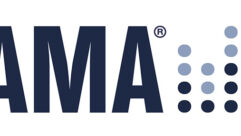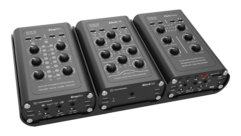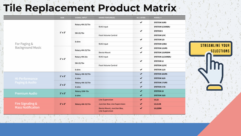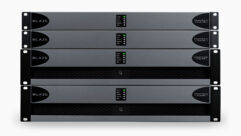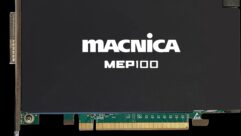
MIB Report: Channel Trends and Issues: Dynamics of Product Procurement in the Low Voltage Commercial Electronic Systems Industry
Jan 25, 2012 2:30 PM

The latest Market Intelligence Briefing (MIB) report from the National Systems Contractors Association (NSCA), Channel Trends and Issues: Dynamics of Product Procurement in the Low Voltage Commercial Electronic Systems Industry, examines the continually evolving product procurement opportunities many systems integrators face in today’s way of conducting business. The report provides a distinct difference in the varying methods—including sales representatives to two-step distributors—and outlines the trends of purchasing, product sourcing, dealer business programs, and how systems integrators evaluate their supplier sources.
An evolving distribution channel is causing systems integrators to make decisions on product procurement, providing challenges to the traditional marketplace in the low-voltage systems channel. As businesses streamline and become more efficient, the number of brands of products carried and installed has become more specific, driving the relationships between suppliers and integrators to become an important factor of the distribution model.
The relationship between these suppliers, be it from manufacturers (nearly 50 percent of the respondents purchased gear directly from six to 25 manufacturers) or distributors, (76 percent of integrators purchase from three to 10 distributors), is becoming more important. However, in 2007, integrators purchased an average of 38 percent of their equipment/supplies through two-step distributors, and in 2011 only 34 percent of total equipment/supplies purchased came from distributors.
Interestingly, smaller firms who procure more products from distributors cannot compete with minimum order and annual purchase requirements, allowing two-step distributors to pave a way for smaller firms to be viable and competitive. Furthermore, the report shows that some integrators have purchased equipment from distributors to gain advantages such as special pricing, reduced or free freight and other incentives despite having dealer relationships.
Understanding the benefits of a dealer business program are critical to the relationship regardless of which distribution model you choose. Of most importance to the integrators were product/technical training and support and “live” customer service (aka, talking to a real person). Price also proved to be an important factor, but training and customer service remain the top two factors when determining your partners and providers in business. A strategy applied to all factors of your business from sale to installation to maintenance.
Beyond the business programs, integrators were asked to rate their favorite suppliers, and while there were similar responses, the highly rated distributors featured easy access to “people;” a warranty tied with products, technical training, support; system design assistance tied with a good return policy; and finally sales/training support. Of least importance were incentives, mobile apps with technical data and coop advertising or “key city money” programs.
The report also shows a majority of integrators prefer field sales reps for audio equipment and for control and interface, security and life safety, telephony, racks, mounts, furniture, accessories, lighting, and lighting controls equipment a more direct link to the manufacturers is preferred. Two-step distributors ranked higher in data cabling, security and life safety, telephony, and other accessories.
Of other importance is the difference from 2007 to today in the ratings of both local sales reps and distributors in general. Reps in general were rated higher in 2011, and while the ratings for distributors also were higher in 2011 than in 2007, sales representative still ranked higher than distributors.
More detailed information is included in the report showing the important factors used in rating the various distribution models, dealer business programs, how suppliers are chosen, and the preferences of product procurement.
NSCA’s MIB reports provide members with current data on key industry issues complete with statistical results, interpretation, implications, market knowledge and implementation goals. NSCA members can access the full report at www.nsca.org/mib.


